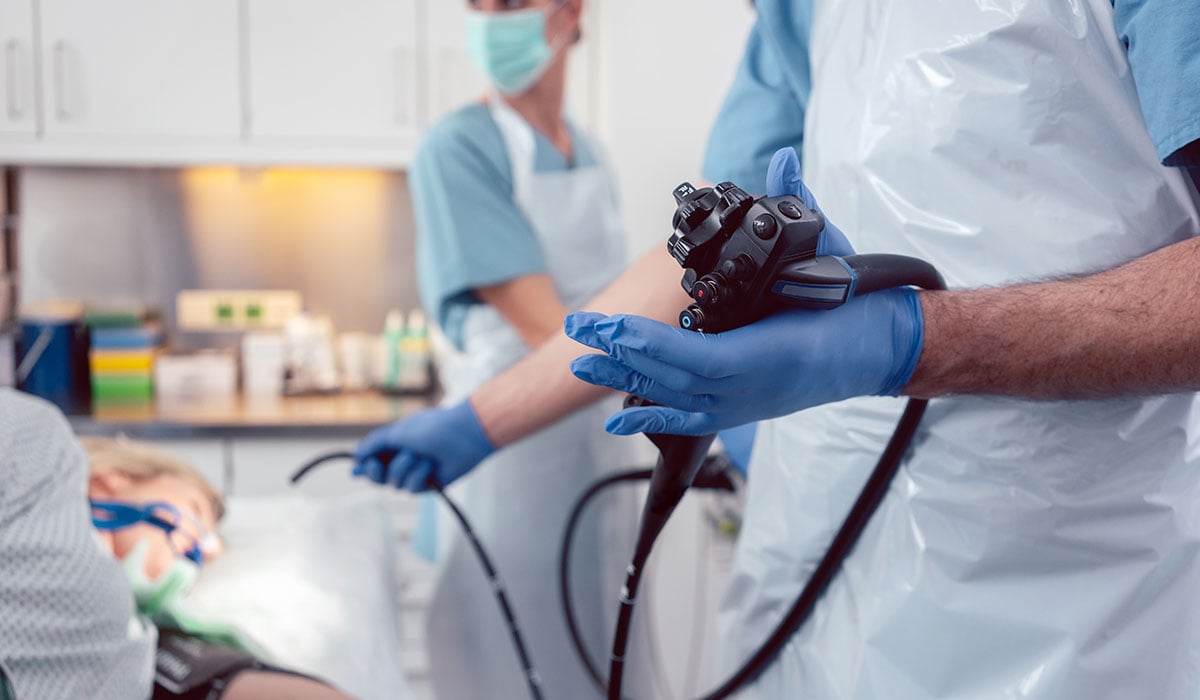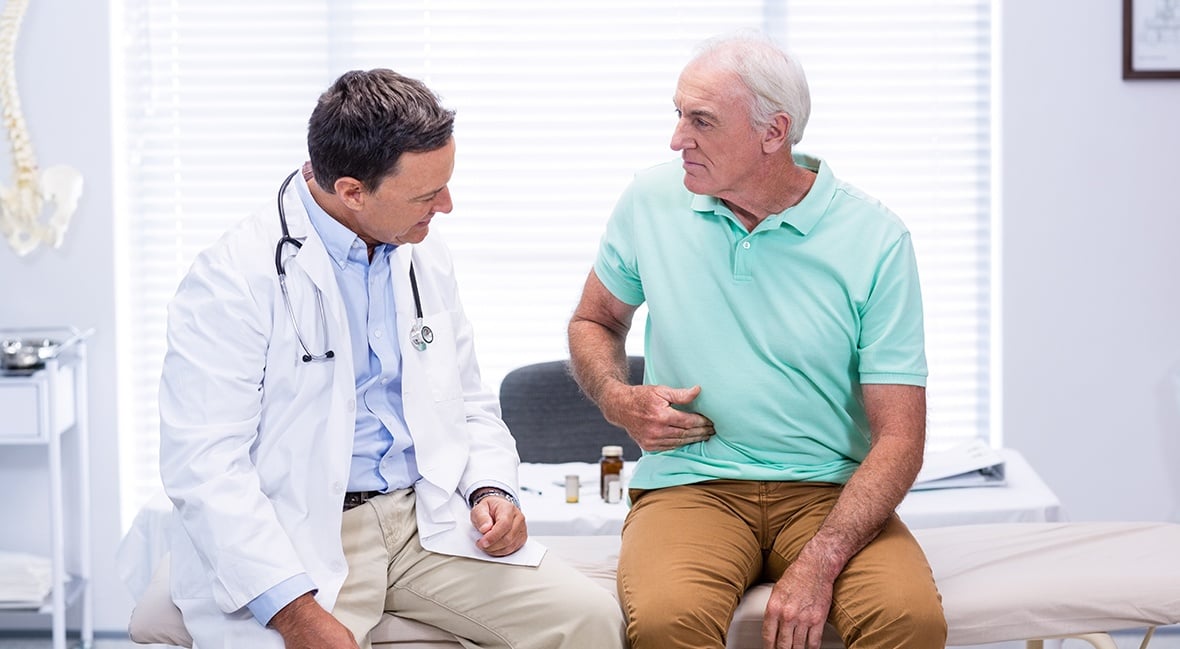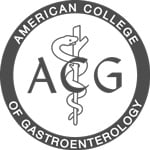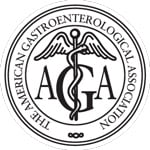Doctors may recommend a screening process called an upper endoscopy for those experiencing digestive system problems. These are safe and effective methods of examining the digestive tract.
Here’s what you need to know.
What Is an Upper Endoscopy?
An upper endoscopy, also known as an esophagogastroduodenoscopy, is a procedure utilized to examine the inner lining of a patient’s upper digestive tract with a small camera on the end of a long tube. It enables doctors to diagnose and treat conditions affecting the esophagus, stomach, and small intestine.
How Does It Work?
The exam is performed with a device called an endoscope: a thin, flexible tube with a light and a small video camera at its end. The doctor inserts this into the patient’s mouth, down the throat, and through the esophagus, stomach, and small intestine.
An upper endoscopic exam can also involve other technologies or processes, such as ultrasound, to generate a better view of the esophagus or stomach, as well as help doctors view areas more difficult to reach, such as the pancreas.
When Is the Procedure Necessary?
There are a few reasons why a person may require an upper endoscopy—the most common to address upper digestive tract issues such as trouble swallowing, heartburn, feeling full quickly, or vomiting blood.
Upper endoscopies can also be used to take biopsy samples of the esophagus, stomach, or small intestine to test for cancer.
Doctors can also address specific digestive problems during the examination, such as treating a blocked part of the digestive tract, or inserting a stent.
What to Expect From an Upper Endoscopy
Prior to your appointment, your doctor may advise you to avoid blood-thinning medicines for several days. She or he will also likely recommend against eating or drinking anything for at least several hours prior to the procedure.
The doctor will apply a sedative or anesthesia to reduce any discomfort during the exam, and a numbing agent may be used on your mouth or throat. You’ll be asked to lie on your back or side, and wear a mouthpiece to hold your mouth open during the exam.
The endoscope will then be inserted through your throat to inspect for any issues or abnormalities in your digestive system. The digestive tract is oftentimes inflated with air to provide the doctor a better view.
The procedure typically takes less than 15 minutes, depending on what patients require. Outpatients can typically return home after a few hours.
What Are Potential Risks & After Effects?
Patients may experience cramps, bloating or numbness in the mouth and throat for several hours immediately following the procedure, and a sore throat, cough, or hoarseness for a day or two afterward, though this is not common.
While generally very safe, there is a small risk of bleeding from the biopsy area. Patients may also have adverse reactions to anesthesia.
Those experiencing fever, chest pain, persistent abdominal pain, vomiting, difficulty breathing or swallowing, dark or bloody stool, or any other severe symptoms, are advised to speak with their doctor immediately.
Gastroenterology Associates specializes in providing high-quality digestive healthcare. Conveniently located adjacent to Long Island Center for Digestive Health (LICDH), we are a New York State-licensed, non-hospital outpatient facility dedicated to providing high-quality endoscopic and colonoscopic services. For more information or to schedule an appointment, contact us today!











